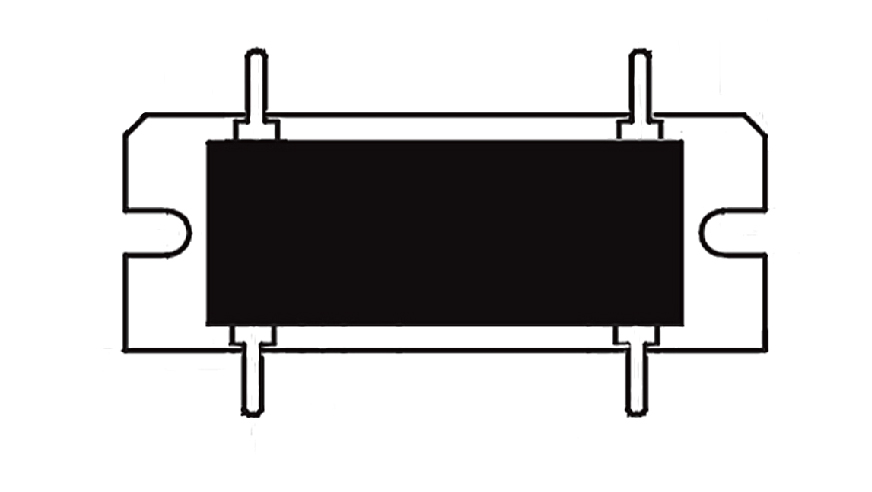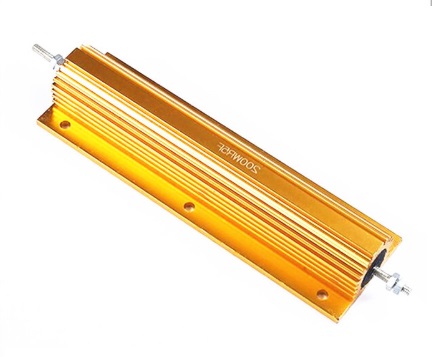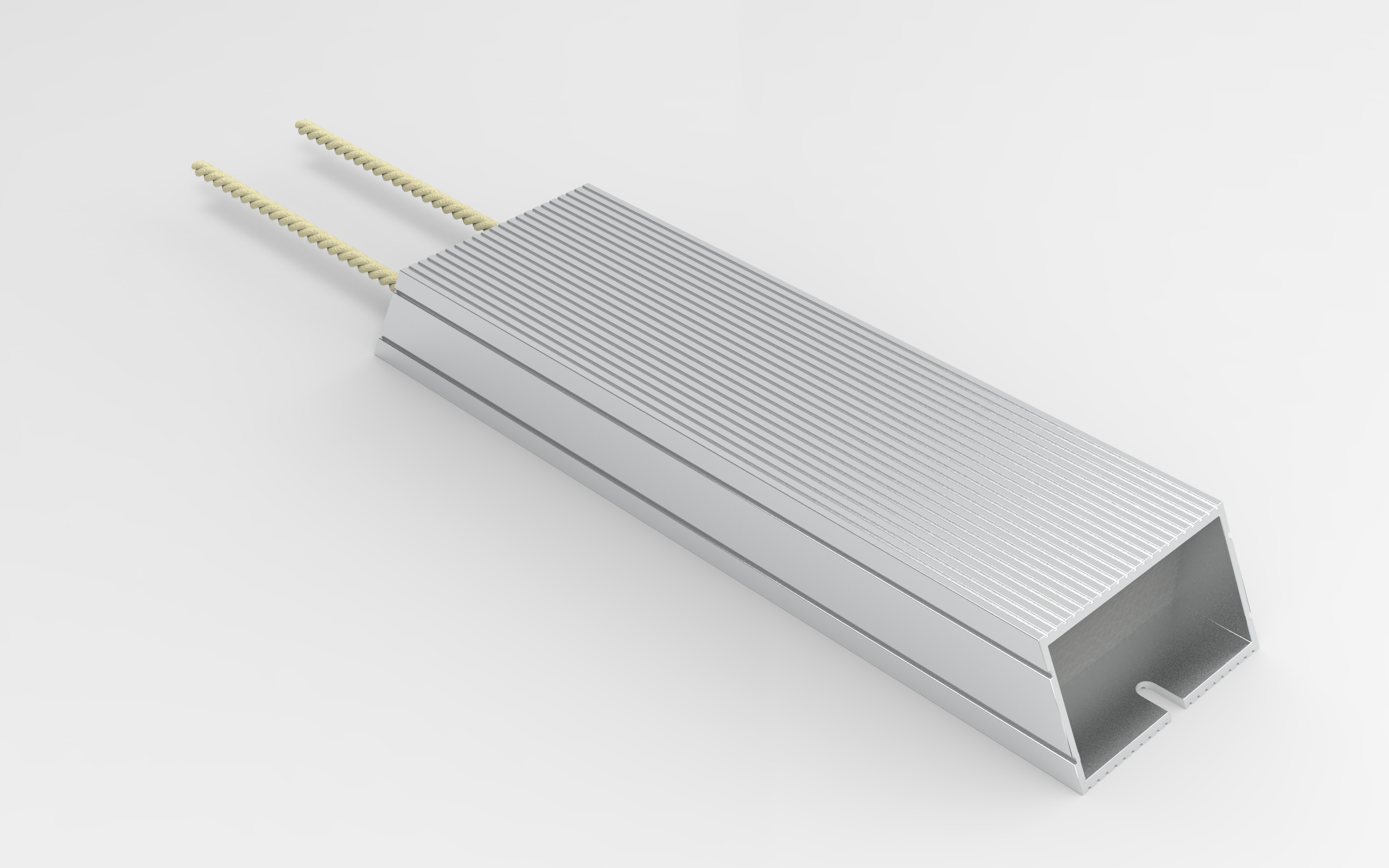Position:Home » Technical Articles
Non-Inductive Resistors Applications and Features
Writer:Microhm Page View:Date:2019-07-05
Non-inductive resistors are used in home entertainment, appliances, high voltage, high-switching, welders, power supplies, power tools, current sensing and consumer applications. DC circuits don’t have to worry about the inductance of a resistor since there isn’t any fluctuation in the current to create the altering magnetic fields, while when it comes to AC circuit, we need to take it into account.

The induction of a resistor is a very important item to keep in mind when building a circuit, especially if you are dealing with switching or high frequency circuits. The construction of most resistors are very similar to that of an inductor. They take a specific length of wire or film, determined by the resistance value they are trying to achieve, and wrap it around a core made of ceramic, plastic, fiberglass, or another non-conductive material. A non-inductive resistor is wound one way then again in the other direction. This will cancel out the magnetic fields generated by each of the wires.

Most resistors are created in this same manner but with different materials. For example, film based resistors are using film instead of wire which has proved to be more precise. Ceramic and carbon composition, not to be confused with carbon film, are naturally non-inductive because they don’t have any windings.Wirewound technology has long been known as a leading technology for power resistor needs though it is inherently inductive. Known as Ayrton Perry winding, a non-inductively wound has one winding in one direction and one in the other direction.

A non-inductive resistor can be used to replace an inductive resistor, but that might not be a realistic goal. Inductive resistors are typically cheaper to construct and are more commonly made with higher power ratings.

The induction of a resistor is a very important item to keep in mind when building a circuit, especially if you are dealing with switching or high frequency circuits. The construction of most resistors are very similar to that of an inductor. They take a specific length of wire or film, determined by the resistance value they are trying to achieve, and wrap it around a core made of ceramic, plastic, fiberglass, or another non-conductive material. A non-inductive resistor is wound one way then again in the other direction. This will cancel out the magnetic fields generated by each of the wires.

Most resistors are created in this same manner but with different materials. For example, film based resistors are using film instead of wire which has proved to be more precise. Ceramic and carbon composition, not to be confused with carbon film, are naturally non-inductive because they don’t have any windings.Wirewound technology has long been known as a leading technology for power resistor needs though it is inherently inductive. Known as Ayrton Perry winding, a non-inductively wound has one winding in one direction and one in the other direction.

A non-inductive resistor can be used to replace an inductive resistor, but that might not be a realistic goal. Inductive resistors are typically cheaper to construct and are more commonly made with higher power ratings.
Keywords:
Latest News
- Resistor's role in measuring and correcting LED,,,
- Single through-hole resistors' characteristics ,,,
- Why shunt resistors for current sense applicati,,,
- Metal-film resistors with small size, high resi,,,
- 36W High-Current Shunt Resistors MMS8420,,,
- 1W Surface Mount Resistor MPR1206,,,
- An Overview of Microhm Electronics' Resistor Pr,,,
- More anti-sulfur resistors used in harsh envir,,,
- Resistance changes with temperature,,,
- 140W TO247 High Power Heatsinkable Resistor,,,
- MMS5930 is ideal for current sensing in industr,,,
- Shunt resistors selection for engineers' design,,,
- Considerations for choosing precision resistors,,,
- Ceramic Encased Cement Resistors NWH Series for,,,
- Resistors for Passive Balancing in Battery-Pow,,,
Hot Articles
- Microhm will take part in 10th Automotive World,,,
- Thanks for Visiting Microhm's Booth E5-5706 in ,,,
- Resistors in Short Supply: Blame Cars,,,
- New lunch: High Power Precision Shunt Resistor,,,,
- How to Test a Resistor,,,
- Innovative Technology, Future Electric: Electri,,,
- What is Precision Resistors?,,,
- SMD Resistors Sizes and Packages,,,
- The Construction and Features of Metal Film Res,,,
- What is a TO-220 Resisor?,,,
- Hot Selling Products: Precision Shunt Resistors,,,
- How to Calculate the Equivalent Resistance Valu,,,
- What is a Fixed Resistor?,,,
- Resistors in LED Circuits,,,
- Resistors Types and Materials Overview,,,
Resistance applications
- Why Zero-Ohm Resistors?,,,
- Difference Between High Precision Resistors and,,,
- The Four Important Functions of Alloy Resistors,,,
- Miniature future for passive electronic compone,,,
- The Measurement Accuracy of Automotive Shunt is,,,
- Carbon Film Resistors' Features and Application,,,
- Precision Resistors' Construction and TCR,,,
- BMS for New Energy Vehicle,,,
- Urbanization Development Bringing the Transform,,,
- Heater Blower Motor Resistor in Air Conditioner,,,
- The Main Application for High Precision and Low,,,
- Surface Mount Resistor's Size and Package ,,,
- Select the Right Resistor for Harmonic Filterin,,,
- Industrial Roberts Applied to Solar Photovoltai,,,
- Shunt Resistor MMS8420 for High Current Stable ,,,
